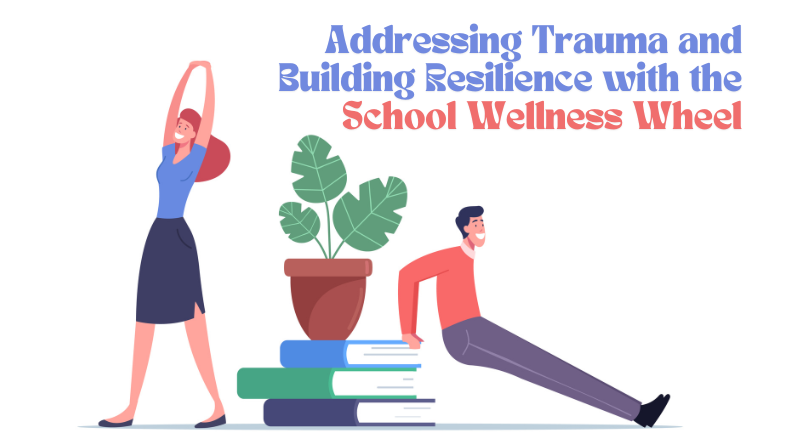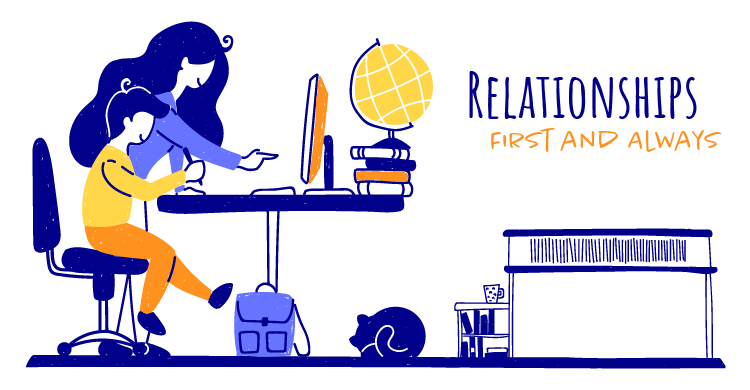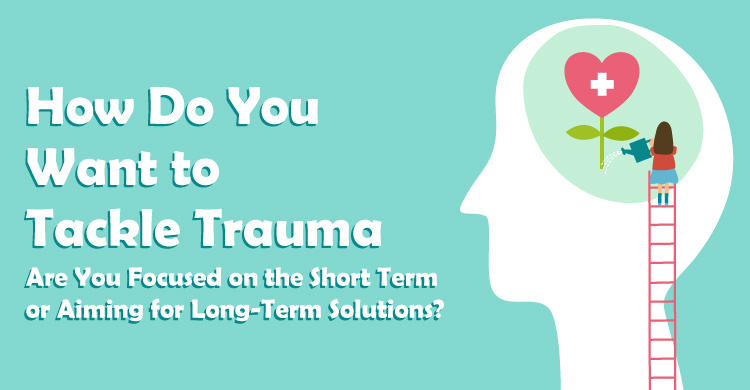How to Invest ESSER Funds Wisely Before Time Runs Out
Maybe you’ve heard the rumor that Elementary and Secondary School Emergency Relief (ESSER) funds have
Read More

Maybe you’ve heard the rumor that Elementary and Secondary School Emergency Relief (ESSER) funds have
Read More
The impact of trauma and toxic stress on the current generation of teachers and students
Read More
The month of March 2020 will always have a prominent place in my personal history.
Read More
In the spring of 2020, I published my very first book, I’m Listening: How Teacher-Student
Read More
Schools and districts are planning to spend hundreds of thousands of dollars next year so
Read More